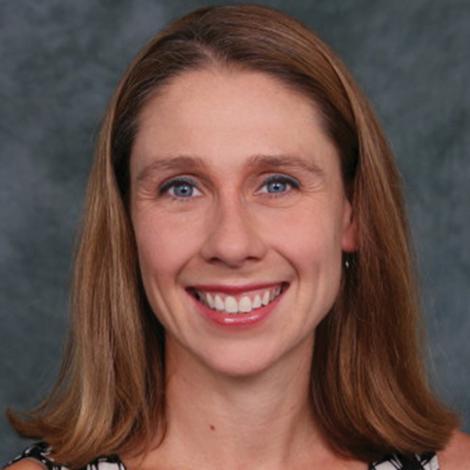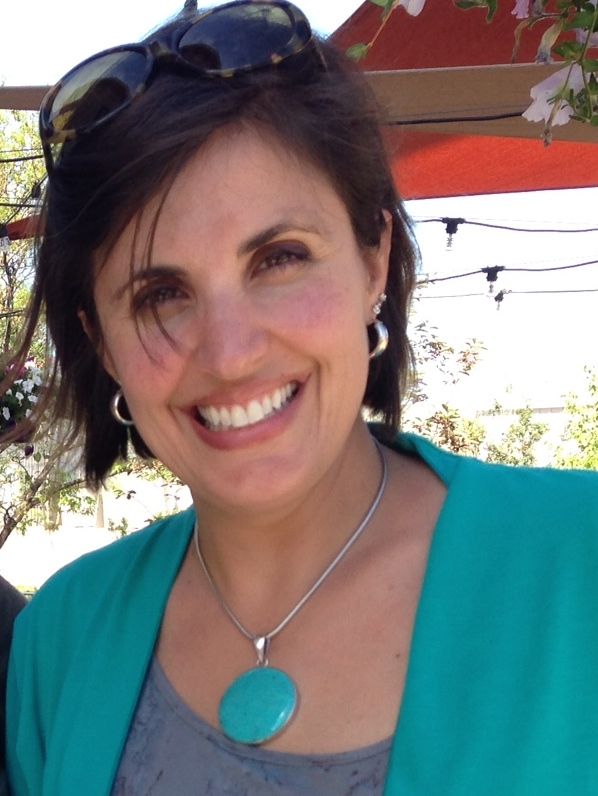
Summer 2019
Our Path to Establishing a Line of Yoga Research for People with Disabilities: A Conversation with Dr. Arlene Schmid and Dr. Marieke Van Puymbroeck
Em Adams, PhDc, MS; Complementary and Integrative Medicine SIG member
 |
 |
| Arlene Schmid, PhD | Marieke Van Puymbroeck, PhD |
Dr. Arlene Schmid is an Occupational Therapist and Associate Professor at Colorado State University. Dr. Marieke Van Puymbroeck is a Recreational Therapist and Professor at Clemson University. Dr. Schmid and Dr. Puymbroeck have collaborated for over a decade on the use of yoga as a therapeutic intervention to improve function and wellbeing in individuals with neurological conditions.
How did you get started in this line of research?
Dr. Schmid: As an Occupational Therapist, I used yoga with my patients. I went to get my PhD solely so I could do yoga research.
Dr. Puymbroeck: Arlene made me go to a yoga class, and I hated it. Eventually I ended up in another yoga class and in my first downward dog I thought; Oh, I think this would be a great intervention for caregivers of people with stroke! My college had an internal funding mechanism, so I wrote my first grant on yoga for stroke caregivers.
Dr. Schmid: We’ve been funded pretty consistently since 2006. We’ve learned to do a lot with a little money. Now we have this really good track record; for a $50,000 grant we got six published papers and the research base for an NIH grant. That’s what funders want to see, to know that our team will be really productive and do a lot of work with a little bit of money.
How has your research evolved over the years?
Dr. Puymbroeck: Broadly speaking, our methodology is much more sophisticated. We have been very conscientious about looking at the data we collected and figuring out how we can improve the study, finding out what the limitations were, and homing in on different mechanisms we were interested in studying. We’ve figured out what we’re targeting and how to target the mechanism better.
What advice would you give to early career professionals?
Dr. Schmid: I think writing groups have been one of the best things we have ever learned. We’ve had papers published with zero revisions because four people had already looked at it and ripped it apart. The way we write grants is to have one person who will take it and run with it, and then the other person provides a thorough critique.
Dr. Puymbroeck: We’re so lucky we get to do this together. However, it’s not just luck; we were very intentional about our collaboration. We met frequently to learn how to align our work. We had to really understand each other’s areas and learn to value it. We both bring similar but different perspectives, and we’ve figured out how to align our work to be really productive—both in publishing our results and securing funding for our work.
What do you see as future opportunities in complementary and integrative medicine?
Dr. Schmid: I think there is a lot of opportunity to help therapists integrate it into practice. We’re showing complementary and integrative medicine works, but how do we help therapists use it? This application piece is important, for complementary and integrative medicine.